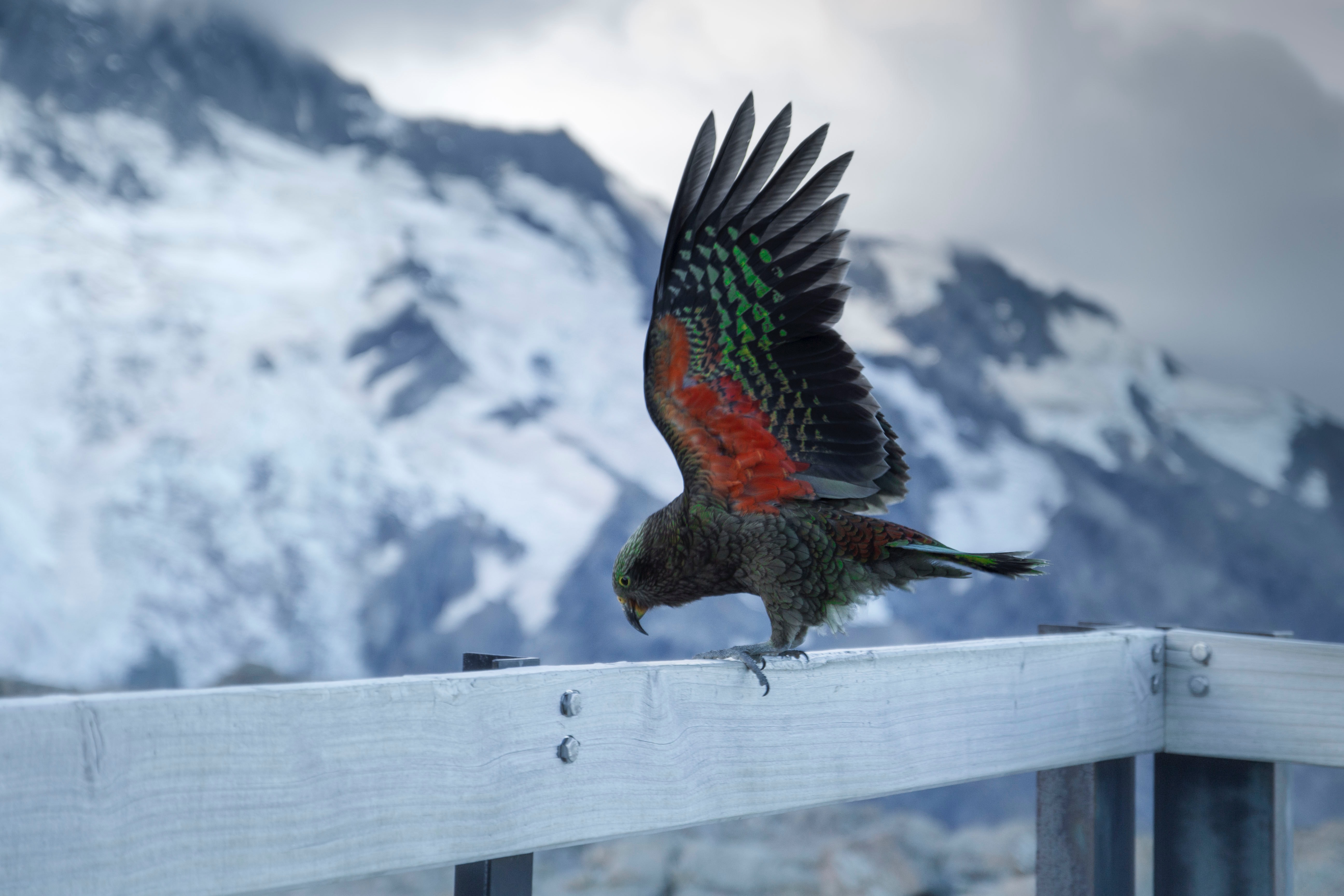Media release
From:
Contrasting coloured ventral wings are a visual collision avoidance signal in birds
Collision avoidance mechanisms of fast-moving animals remain understudied. Here, we propose that contrasting ventral wings are visual signals that help birds to avoid collisions. We tested this hypothesis using a global dataset of ventral wings for 1780 species across 75% of avian orders. Phylogenetic comparative analyses showed that larger species had more contrasting ventral wings than smaller species, and that in larger species, colonial breeders had more contrasting ventral wings than non-colonial breeders. These results suggest a so-far overlooked signalling function that allows large, colonial-breeding birds to trace the movements of nearby individuals, thereby reducing the collision risk.
Safety in colours - Colourful contrasting underwings may help social birds avoid aerial collisions. Researchers looked at a global dataset of ventral wings for 1,780 bird species, finding larger, colonial breeding species had more contrasting ventral wings than non-colonial breeders. Collisions can cause severe damage or death, so features that help trace movements of nearby individuals may reduce the collision risk.



 International
International



